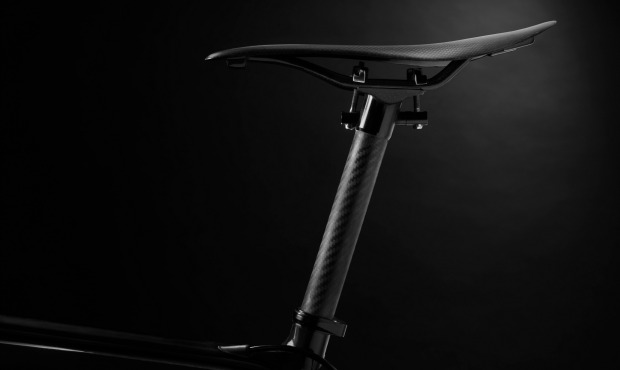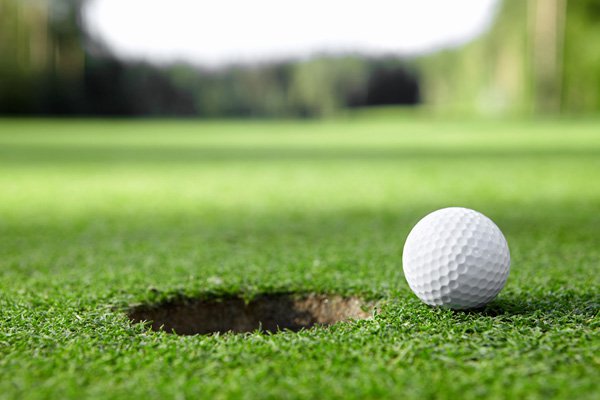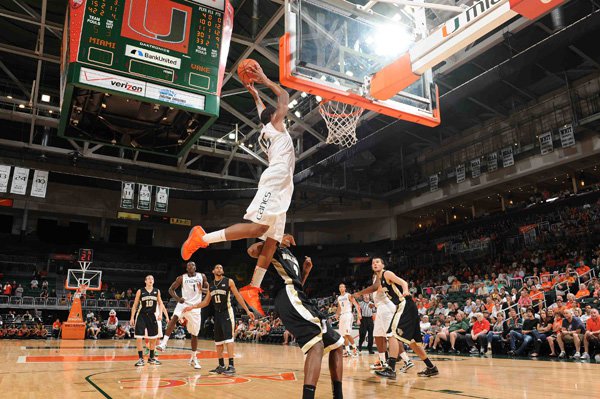illegal procedure by the center
Question
During OT of the the 2010 Auburn vs Clemson football game, the Clemson center was called for illegal procedure, which negated their field goal. My question is, since the play is started when the center moves the ball, how is it possible for the center be called for moving prior to the snap (which is my understanding of the illegal procedure call)? Is it that the line was not set for a full second before he moved the ball?
Thank you,
Nell (pleased but confused AU fan)
Answer
Nell
Thank you for your question. First please know that there is no foul for illegal procedure in college football. This is a common mistake fans and TV announcers make all the time. I believe you are questioning a play that was a deadball foul snap infraction on the snapper/center and not a live ball foul. Because it was not a live ball foul it is "treated" as though the snap never took place.
The play you describe was correctly ruled a "snap infraction" which is a dead ball foul penalized 5 yards. The Ball is never live and the snap because it was not "legal" is deamed never to have occured. The snapper, after assuming his position for the succeeding snap may not move to a different position nor may he move the ball. If he moves it is a false start. If he moves the ball it is a snap infraction. The snap must be in a single fluid continous backward movement. The snapper shifting or moving the ball or moving his thumb or fingers, flexing his elbows, jerking his head, or dipping his shoulders or buttocks is considered a false start or deemed a snap infraction if the ball is moved or a false start if only the snapper moves.
I will try to explain your play step by step to give you a good understanding of the rule and why it is a foul. First the snapper [long snapper] positioned over the ball must snap the ball legally. You indicate that the snapper "picked the ball up moved it to another location before snapping". This is not permited. When the snapper "picked up the ball and moved it to another location", that action constitutes a foul.
Rule 7 provides: The The ball shall be put in play by a legal snap unless the rules provide for a legal free kick (A.R. 4-1-4-I and II).
PENALTY桪ead-ball foul. Five yards from the succeeding spot. After the ball is ready for play and before the ball is snapped:
(a) The snapper, after assuming his position for the succeeding snap and touching or simulating (hand[s] at or below his knees) touching the ball, may not move to a different position.
(b) The snapper may not lift the ball, move it beyond the neutral zone or simulate the start of a play.
(c) The snapper may take his hand(s) off the ball if it does not
simulate the start of a play.
Here are some examples from the approved rulings:
Snapper A61 snaps the ball before the ball is made ready for play. A2 muffs the snap and B1 recovers the ball. RULING: Dead-ball foul, Team A snap infraction. Penalty桭ive yards from the succeeding spot, Team A抯 ball. The ball does not become alive, and all action should be stopped immediately by the game officials.
Snapper A67 touches the ball and then releases it to communicate
with teammate A1. RULING: The snapper may release the ball after
touching to communicate with a teammate.
Snapper A61 lifts or moves the ball forward before backward motion
of the snap. B2 bats the ball, causing it to roll loose with B3
recovering. RULING: Team A foul, illegal snap, ball remains dead.
Penalty桭ive yards from the succeeding spot (Rule 4-1-1).
I hope this answers your question. You need to understand the foul occured before the snap oe the split second the illegal snap/ snap infraction occured and therefor the play is dead and the ball was never put into play and thus there can be no play. So you must disregard the kick in this play.
Victor Winnek
NCAA Football Official
youth football
College football rules pertaining to punting


